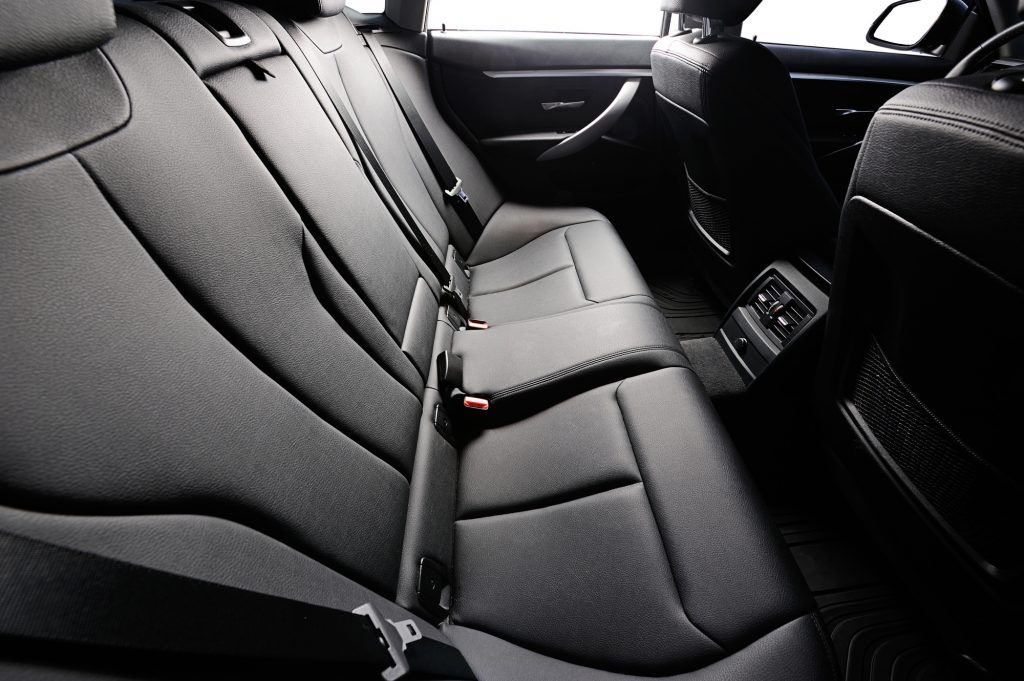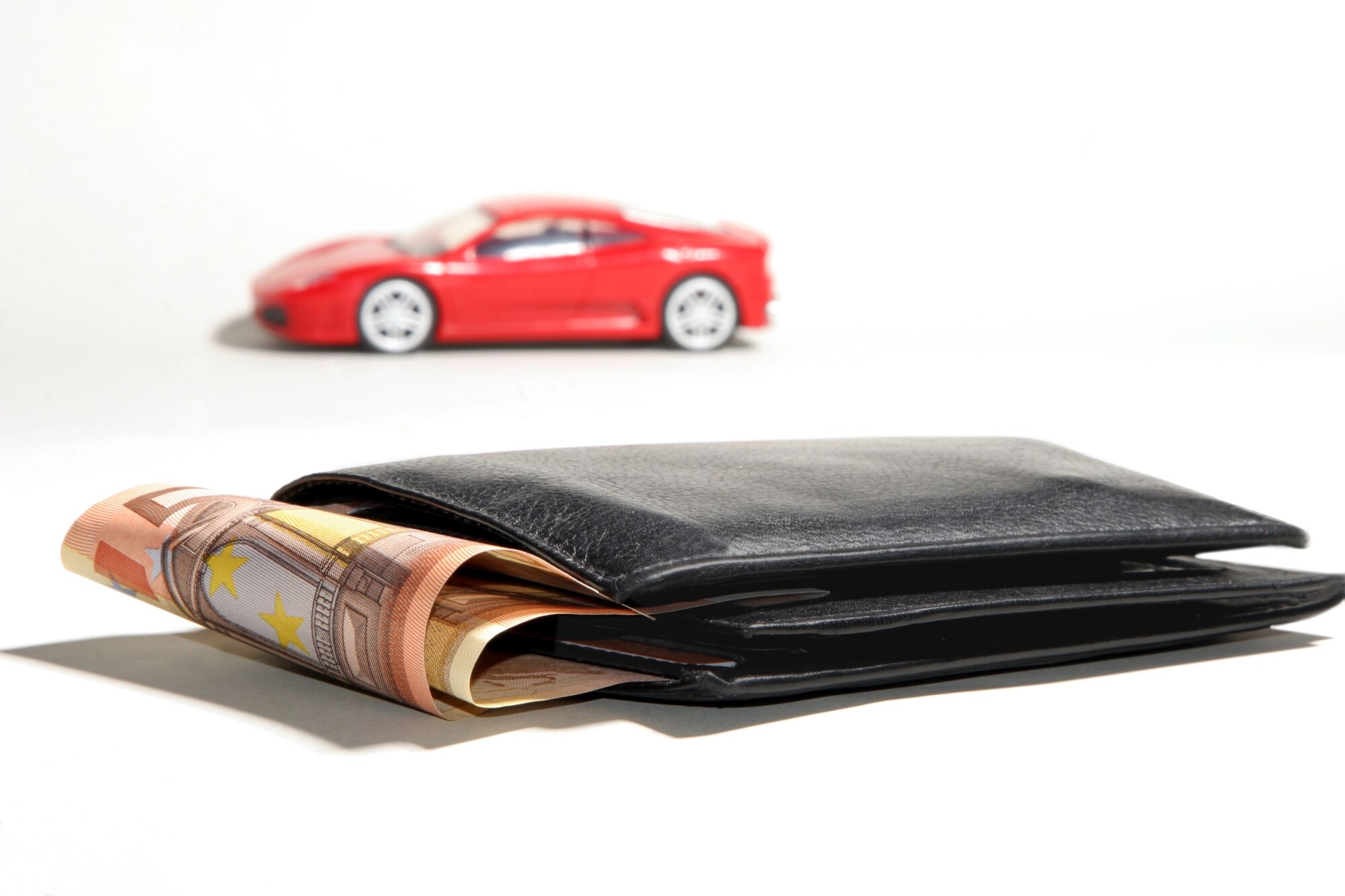
A car restoration project can cost you anywhere from $40,000 to $60,000 if done by a repair shop. A lot of this cost is due to labor charges which can be $75 per hour.
You might be surprised to learn that you can restore a car interior to look like new for pennies compared to shop prices.
Read on for 5 tips for restoring your car to look as good as new.
1. Spot Treat Carpets
If a basic car interior cleaning didn’t remove stains and deep grime in your carpets, don’t despair. Stubborn stains require a little more work.
Buy a carpet stain remover and a carpet scrub brush to get out tough stains. Follow the directions on the package and put some elbow grease into it.
Let your carpet dry in the sun with the windows down. If you see the stains lifting, great! You might need to do another round.
If you have a really low budget you can make your own stain remover by mixing baking soda and water to make a wet paste. Brush that into the stains and let it set. Next, remove the hardened paste with a carpet steamer.
Never use bleach products on the carpet as it will discolor the carpet. You can try soaking the stains in hydrogen peroxide to get out pet stains and even blood.
2. Color the Carpet
Instead of replacing the car’s carpet, you can apply colorant as part of your interior car detailing project to make the carpets look brand new.
You can often buy the products at car detailing stores or online. SEM is a trusted brand that many car detailing shops use. The SEM Color Coat will allow you to change or restore the color of your carpet in an afternoon.
First, you should make sure your carpet is as clean as possible. Stain removal and shampooing should be done. The carpet should be dry.
Apply colorant and then brush with a nylon bristle brush in all directions. Do this right away after applying the colorant. This will keep the fibers from sticking together into clumps.
Allow the carpets to air dry. Once dry, brush the carpets a second time. Finally, do a quick vacuum and you’re all set.
Your car’s carpet will look as good as new.
3. Restore Vinyl and Plastic
When you are working on your car interior, don’t skip the vinyl and plastic. This goes for car interior cleaning as well as restoration projects.
It can stick out like a sore thumb if you neglect it.
First, spray the area with a plastic cleaner. Scrub with medium pressure using a dry microfibre cloth. Microfibre cloths pick up oils and dirt that stick to the plastic in your car.
Next, respray the car interior plastic with the cleaner and use a soft-bristle car brush to scrub the grime. Use circular motions to penetrate deep in the cracks of the vinyl and plastic. Your brush will create a lather.
Wipe the foam with the other side of the dry microfibre cloth. If you still see grime or stains, use an interior car scrub pad and the spray cleaner. Spray and use medium pressure to scrub the area.
Be careful not to rub too hard as that can remove some of the coloring of the material.
You can also use a color colorant (the same kind you used for the carpet) to restore the color of the hard surface inside the car.
Another thing you can do to perk up your ride is invest in some custom auto accessories.
4. Fix holes in Upholstery
If your car seats have holes or tears, there’s an easy fix.
Go to a fabric store and buy a curved upholstery needle and heavy-duty thread. This should cost less than $10 total.
If the hole is very large, you may need to sew on a patch of fabric. But for small rips and tears, you can stretch the fabric to cover the hole and sew shut.
This is the best way to fix holes on a budget. Did you know there are several basic car maintenance tasks you can do yourself to save cash?
5. Restore Leather Seats
Genuine leather seats can last the lifetime of a car. Older cars with leather seats over time will begin to show cracks and worn parts.
There is a high chance you can restore your leather seats instead of having them reupholstered or replaced. Examine any worn or faded parts of the leather to see if restoration is possible.
Buy a leather restoration kit from your local car parts store.
Take time to make sure the color is a match. If you can, find the manufacturer’s color code/name and bring that with you to buy the kit. There may be a small leather swatch under one of the seats for this purpose.
If you remove the seats from the car, it will be easier to work on the seats.
Clean Leather Seats
First, clean the leather with a vacuum and soft brush. Next, use a leather cleaner and a soft cloth to get any dirt the vacuum missed.
Rub in a circular motion to release trapped grime. For tough stains, use a soft bristle brush.
Make sure all leather cleaner is removed from the seats by going over them with a dry, clean cloth. Then wipe all the leather with a mild solvent such as isopropyl alcohol. Allow seats to fully dry.
Restore Leather Seats
If you have parts of the seat that are torn or are extremely thin, gently use a fine 600 grit sandpaper followed by another round of cleaning to buff out these problem areas.
If there are any cracks, dilute your restoration liquid with 1/3 water and rub it into the leather. Let dry and then wipe with a damp cloth.
The liquid should remain in the cracks but wipe off the smooth leather parts.
Once you fill in all the cracks, turn your attention to fading. Apply the restoration liquid to the faded parts and dry it with a hairdryer on low heat.
Repeat this process a few times until the faded sections look restored. Your final coat should be slightly diluted with water. Then dry the seat with a cloth.
Let the seat rest overnight to get a full dry. Then use a leather conditioner to add a shine to your leather seats.
Car Interior Restoration
While it certainly takes time and elbow grease, restoring your car interior does not need to be expensive. And the results can look like a million bucks.
Check out these 5 auto glass replacement hacks you need to know.




